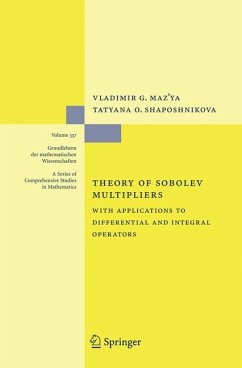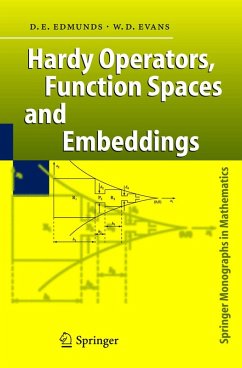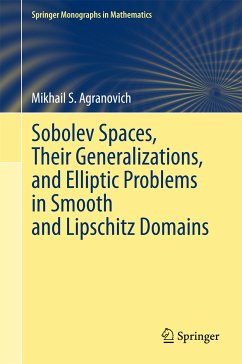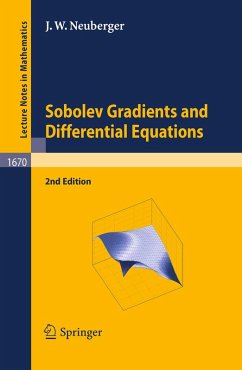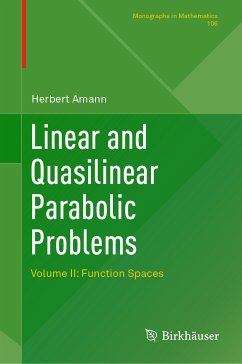
An Introduction to Sobolev Spaces and Interpolation Spaces (eBook, PDF)
Versandkostenfrei!
Sofort per Download lieferbar
72,95 €
inkl. MwSt.
Weitere Ausgaben:

PAYBACK Punkte
36 °P sammeln!
This volume appears parallel to the conference in honor of Luc Tartar on the occasion of his 60th birthday held in Paris, July 2007 at the CMAP of the Ecole Polytechnique.Partly in collaboration with François Murat, Luc Tartar has specialized in the development of new mathematical tools for solving the partial differential equations of continuum mechanics (homogenization, compensated compactness, H-measures), pioneering the study of microstructures compatible with the partial differential equations describing the physical balance laws, and the constitutive relations.He likes to point out the ...
This volume appears parallel to the conference in honor of Luc Tartar on the occasion of his 60th birthday held in Paris, July 2007 at the CMAP of the Ecole Polytechnique.
Partly in collaboration with François Murat, Luc Tartar has specialized in the development of new mathematical tools for solving the partial differential equations of continuum mechanics (homogenization, compensated compactness, H-measures), pioneering the study of microstructures compatible with the partial differential equations describing the physical balance laws, and the constitutive relations.
He likes to point out the defects of many of the models which are used, as a natural way to achieve the goal of improving our understanding of mathematics and of continuum mechanics.
Partly in collaboration with François Murat, Luc Tartar has specialized in the development of new mathematical tools for solving the partial differential equations of continuum mechanics (homogenization, compensated compactness, H-measures), pioneering the study of microstructures compatible with the partial differential equations describing the physical balance laws, and the constitutive relations.
He likes to point out the defects of many of the models which are used, as a natural way to achieve the goal of improving our understanding of mathematics and of continuum mechanics.
Dieser Download kann aus rechtlichen Gründen nur mit Rechnungsadresse in A, B, BG, CY, CZ, D, DK, EW, E, FIN, F, GR, HR, H, IRL, I, LT, L, LR, M, NL, PL, P, R, S, SLO, SK ausgeliefert werden.




